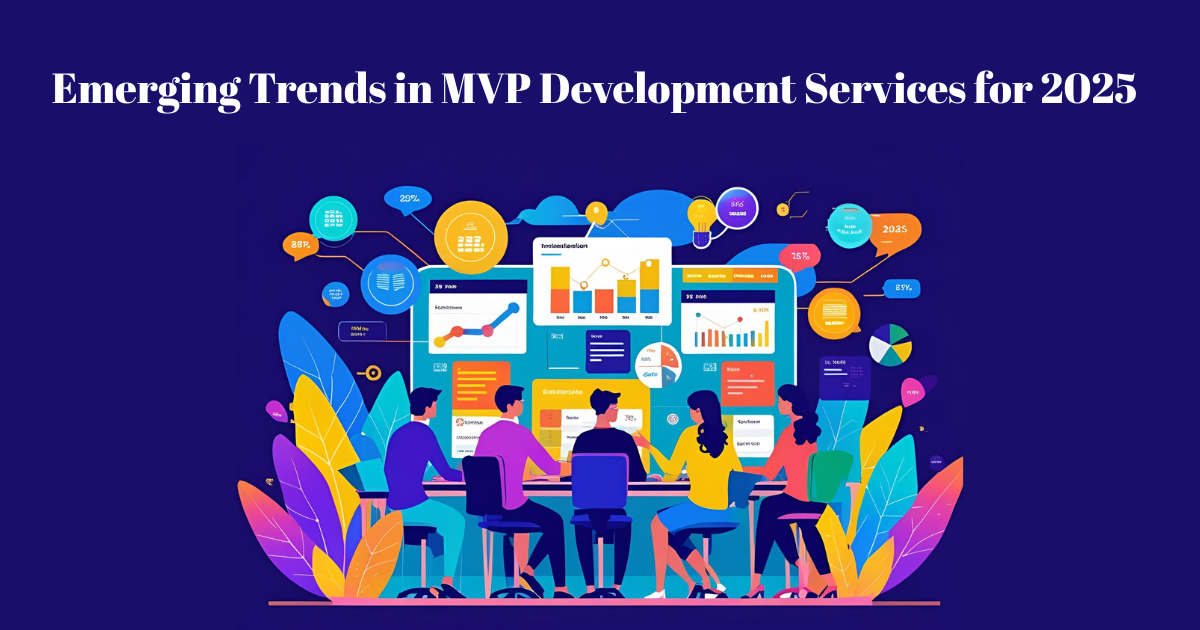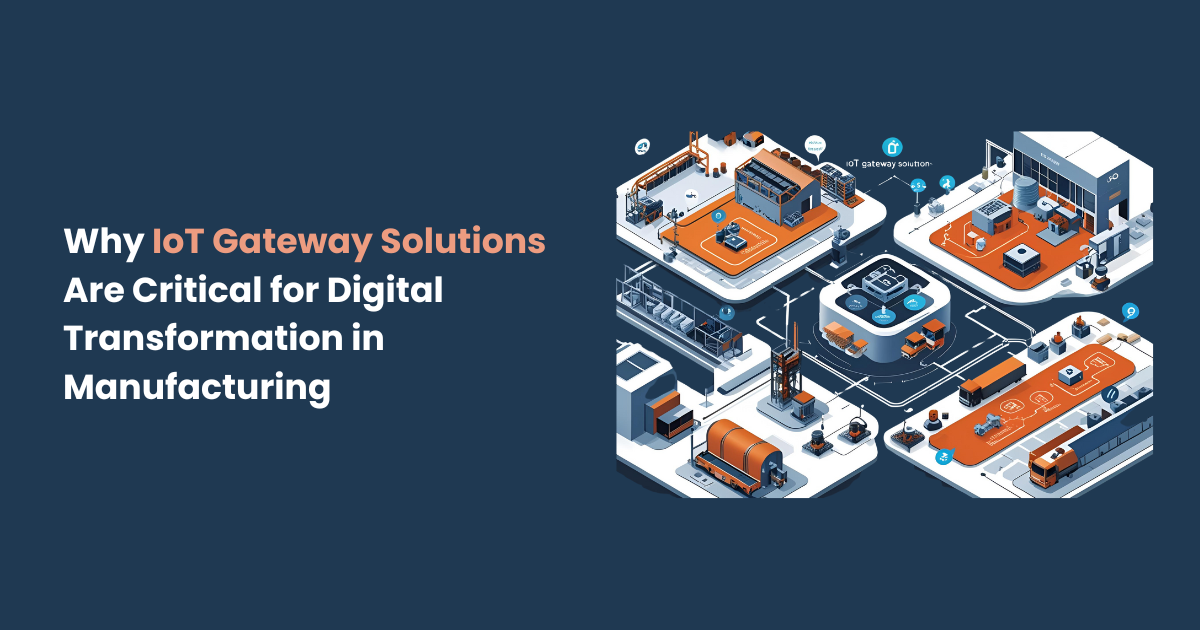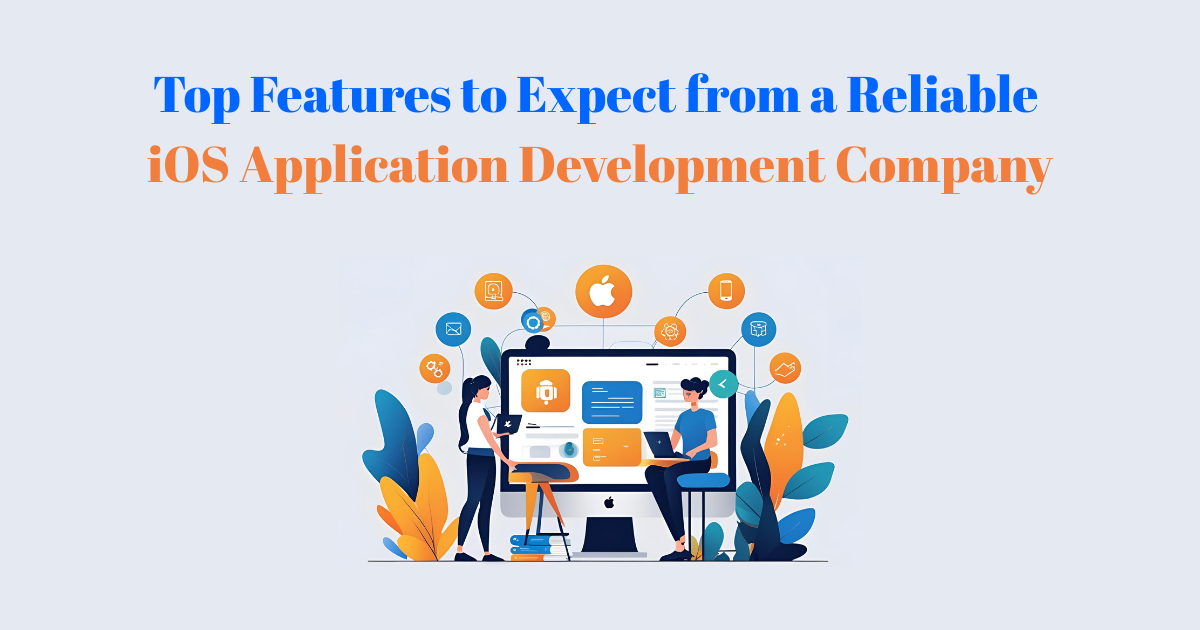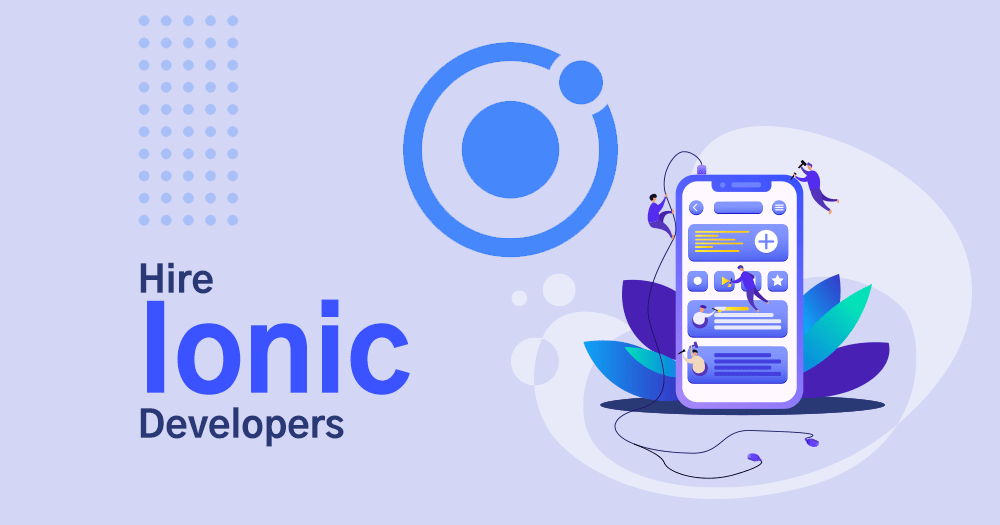Solving Configuration Drift with DevOps Infrastructure as Code (IaC) Services
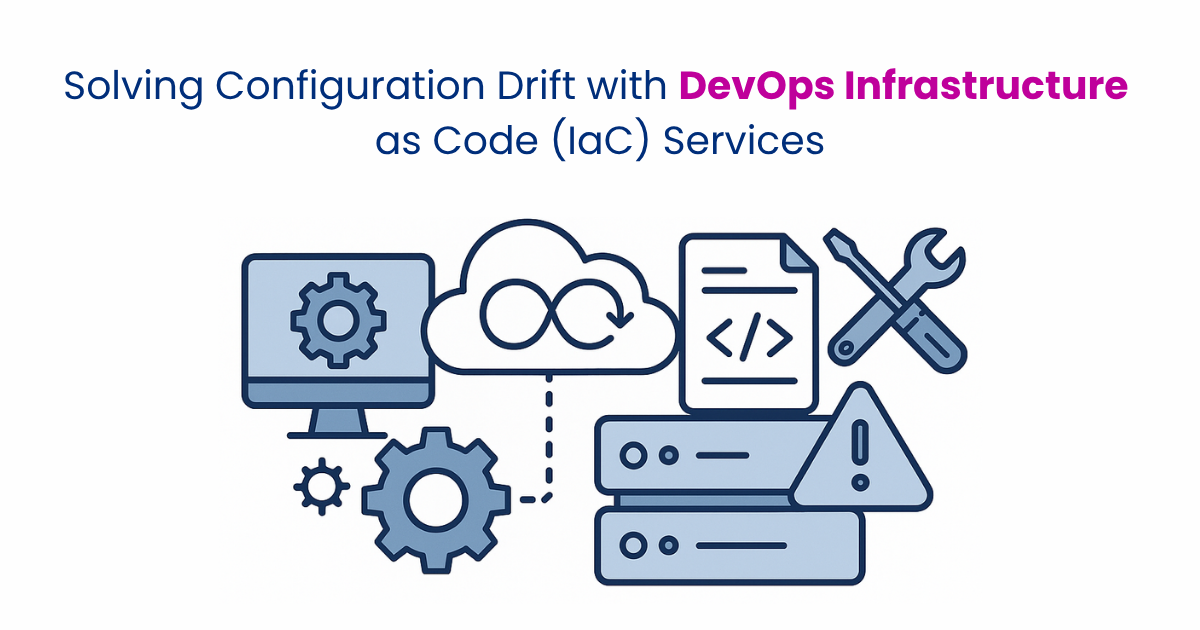
In today's cloud-native landscape, organizations often manage dozens of development, staging, and production environments. As deployments accelerate, a hidden issue often begins to surface—configuration drift.
Configuration drift refers to a gradual and unintentional divergence between environments due to ad-hoc changes or inconsistent updates. Left unaddressed, it causes application instability, unexpected behavior, and security vulnerabilities.
This is where DevOps services powered by Infrastructure as Code (IaC) come into play. These services ensure consistency, traceability, and automation by codifying infrastructure in declarative templates and automating deployments.
What is Configuration Drift?
Configuration Drift happens when system configurations—such as server settings, OS patches, database parameters, firewall rules, or application dependencies—deviate from the baseline or intended configuration over time.
Common Causes:
- Manual tweaks in production not mirrored in staging or dev
- Patches applied inconsistently across servers
- Untracked changes made by different team members
- Misconfigured cloud services or IAM roles
- Variability in deployment scripts
These changes often go unnoticed until something breaks—typically in production.
Why Configuration Drift is a Serious Problem
Even small inconsistencies between environments can result in major production failures or security vulnerabilities. Drift creates gaps in visibility, making root cause analysis complex and time-consuming.
Key Consequences:
- Bug Reproduction Issues: Dev and staging may not match production, making bugs impossible to replicate.
- Security Gaps: Missing patches or misconfigured permissions create attack vectors.
- Failed Deployments: CI/CD pipelines fail when infrastructure doesn’t match the expected environment.
- Operational Burden: Teams spend time troubleshooting rather than building value.
- Compliance Violations: Financial and healthcare firms risk non-compliance due to unmanaged change.
According to a 2024 report by DevOps.com, 57% of outages in high-frequency deployment teams were tied to environment mismatches.
What is Infrastructure as Code (IaC)?
Infrastructure as Code (IaC) is a DevOps practice that involves managing and provisioning infrastructure (servers, networks, databases, etc.) through code, rather than through manual processes.
Key Characteristics:
- Declarative or imperative syntax
- Version-controlled configurations
- Automated provisioning and updates
- Environment-agnostic templates
- Repeatable and auditable processes
This practice transforms infrastructure into predictable, testable, and traceable codebases.
How DevOps Services Use IaC to Solve Configuration Drift
DevOps service providers use IaC to design and enforce consistent infrastructure patterns across environments, eliminating human error and enforcing best practices.
Breakdown of IaC-Driven Solutions:
✔ Standardized Templates
DevOps teams define templates for infrastructure components—such as EC2 instances, load balancers, or Kubernetes clusters. These templates act as a single source of truth.
✔ Version-Controlled Configurations
All infrastructure definitions are stored in Git or other version control systems. This ensures:
- History of changes
- Rollback capability
- Peer review and code validation
✔ CI/CD Integration
IaC is integrated into CI/CD pipelines using tools like Jenkins, GitLab CI, or GitHub Actions. Changes to infrastructure are automatically tested, validated, and applied.
✔ Drift Detection and Reconciliation
Tools like Terraform can detect when the actual state differs from the declared configuration. Teams are alerted, and discrepancies can be automatically corrected.
✔ Immutable Infrastructure
Rather than modifying existing systems, changes result in creating new instances. This eliminates unintended changes from persisting and simplifies rollback procedures.
Popular IaC Tools in DevOps Services
Several IaC tools are widely used in DevOps environments. Each offers unique capabilities for drift prevention and detection.
| Tool
|
Description
|
Drift Detection
|
Language |
| Terraform
|
Multi-cloud provisioning with state management
|
✅ Yes
|
HCL (HashiCorp)
|
| AWS CloudFormation
|
Native IaC for AWS services
|
✅ Yes
|
JSON / YAML
|
| Ansible | Agentless configuration management and orchestration
|
⚠ Partial
|
YAML (Playbooks)
|
| Pulumi | Code-first approach using popular languages like Python
|
✅ Yes
|
Python / TypeScript
|
| Chef / Puppet
|
Enterprise-grade configuration management tools
|
✅ Yes
|
Ruby DSL
|
Tip: For modern cloud-native DevOps environments, Terraform is often the go-to choice due to its modularity and cloud-agnostic design.
Key Benefits of IaC in Preventing Drift
When integrated properly into DevOps workflows, Infrastructure as Code delivers significant advantages in preventing drift.
Core Benefits:
1. Environment Consistency: Every environment (dev, staging, prod) is created from the same code, ensuring identical configurations.
2. Auditability & Traceability: All infrastructure changes are tracked, reviewed, and approved. This is especially crucial for compliance-heavy industries.
3. Automation Eliminates Human Error: No more manual edits or one-off fixes—everything runs through pipelines.
4. Faster Recovery: In case of a failure, the entire infrastructure can be re-provisioned instantly from version-controlled code.
5. Drift Detection & Correction: Tools like Terraform and Pulumi continuously monitor for drift and enable automatic remediation.
Real-World Use Case
Company: FinEdge, a mid-size fintech startup
Problem:
- Their production Kubernetes cluster had unpredictable behavior.
- New microservices worked fine in dev/staging, but failed randomly in production.
- Investigation revealed different Kubernetes node versions and misconfigured resource limits.
Solution:
- Adopted Terraform and Helm to define all infrastructure and K8s resources.
- Set up a GitOps workflow for version control and deployment using Argo CD.
- Used Terraform plan and drift detection to catch mismatches before deployment.
Results:
- Reduced configuration drift incidents by 95%
- Cut down environment setup time by 60%
- Deployment success rate rose to 98%
Challenges and Best Practices
While IaC is powerful, it must be implemented thoughtfully to avoid new complexities.
Common Challenges:
- Steep learning curve for tools like Terraform or Pulumi
- Mismanaged secrets in codebases
- Lack of standardization across teams
- IaC sprawl (too many scattered templates)
Best Practices:
- Modularization: Break your IaC into reusable modules (e.g., VPC, DB, EC2) to improve reusability and scalability.
- Code Reviews: Treat infrastructure code like application code—peer review every change.
- CI/CD Integration: Automatically apply validated templates through pipelines to avoid manual deployments.
- Secret Management: Use tools like Vault, AWS Secrets Manager, or SOPS to manage secrets securely.
- Continuous Drift Checks: Use Terraform plan commands or Pulumi preview features in scheduled workflows to detect changes in the live state.
Conclusion
Configuration drift is a persistent threat to infrastructure stability, security, and performance. Inconsistent environments waste time, create confusion, and break confidence in your CI/CD pipeline.
By adopting Infrastructure as Code through DevOps services and solutions, organizations gain the ability to manage infrastructure like software—versioned, traceable, and automated.
FAQs
1. What causes configuration drift?
Manual updates, inconsistent patching, and deployment without version control are common causes.
2. How does IaC prevent drift?
IaC codifies infrastructure into templates that are deployed uniformly across environments. Changes are tracked, versioned, and audited.
3. What’s the difference between Terraform and Ansible in IaC?
Terraform focuses on infrastructure provisioning; Ansible is mainly used for configuration management. Both help with drift, but Terraform has better drift detection tools.
4. Can IaC tools automatically correct drift?
Yes. Terraform, for example, can detect and reapply the declared state if the real-world infrastructure diverges.
5. Is IaC necessary for small teams or startups?
Absolutely. Small teams benefit even more by reducing errors, saving time, and improving team collaboration with automated infrastructure setups.
Note: IndiBlogHub features both user-submitted and editorial content. We do not verify third-party contributions. Read our Disclaimer and Privacy Policyfor details.



